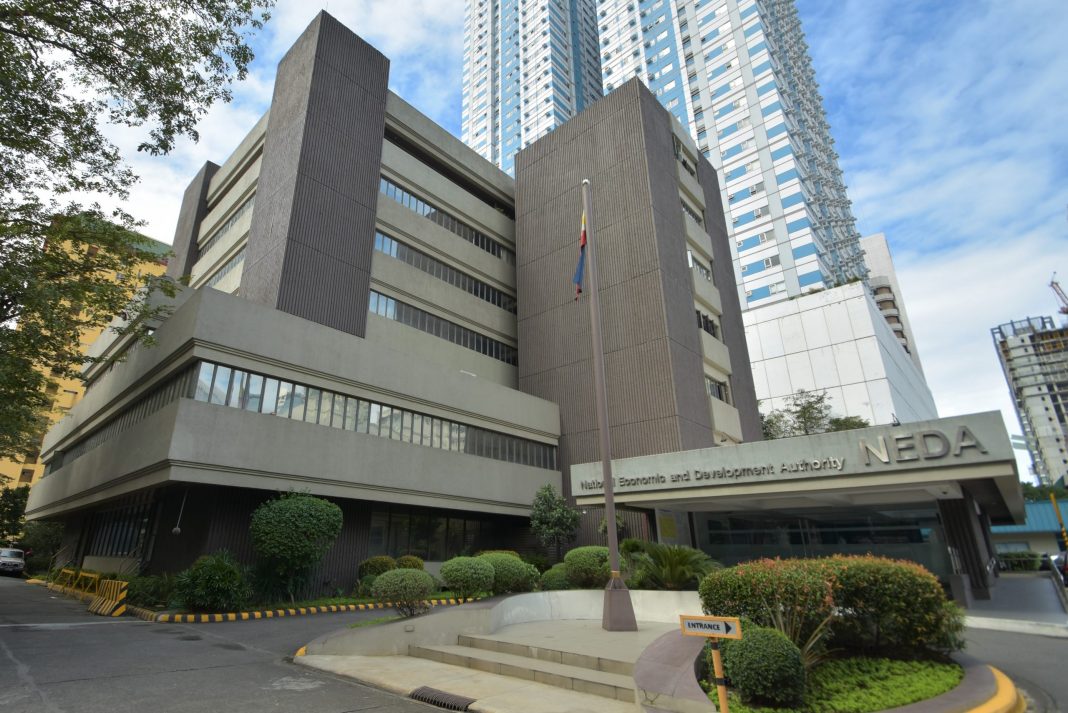As the Philippines confronts the challenges and uncertainties brought by global megatrends, it must uphold its strong economic fundamentals while fostering coordination and cooperation to effectively respond to economic shocks.
Speaking at the Temasek Distinguished Speaker Lecture at the Lee Kuan Yew School of Public Policy (LKYSPP), National University of Singapore, on February 11, National Economic and Development Authority (NEDA) Secretary Arsenio Balisacan underscored the critical role of collective action in shaping rules-based, positive-sum policy responses.
Balisacan highlighted several key megatrends reshaping regional and global development, including rising inequality, growing protectionism, the increasing use of industrial policies to advance disruptive technologies, and the costly energy transition driven by climate change. These trends are reshaping the policy landscape for open trade and investment, which has been instrumental in Asia’s socio-economic transformation over the past half-century. As a result, they will significantly impact the development trajectories of emerging economies, including the Philippines.
“Asia’s low- and middle-income countries face a range of megatrends that can either constrain or if strategically leveraged, enable their development strategies. By adopting a mix of reactive measures to address immediate challenges and forward-looking policies to seize emerging opportunities, these economies can chart a path toward sustainable growth,” Balisacan stated.
He then outlined the Philippines’ development trajectory and emphasized the need to reinforce economic resilience to sustain the strong growth momentum achieved over the past two decades.
Key Strategies for Economic Resilience
- Diversifying the Economy
Balisacan stressed the urgency of expanding the Philippine economy beyond consumption and services. To achieve this, the government must foster an enabling investment climate, strengthen the country’s presence in regional and global markets, and implement structural reforms to enhance market efficiency in critical sectors. - Driving Technological Adoption and Innovation
The Philippines must accelerate the adoption of frontier technologies and promote innovation to sustain productivity growth. This requires substantial investment in human capital, which will not only drive economic expansion but also enable the country to maximize its demographic dividend.
“Fortunately, the Philippines is well-positioned to leverage its vast migrant networks for capacity building and technology infusion, especially in this era of digital connectivity. Key policy measures should include addressing emigration concerns and encouraging talent repatriation through increased research funding and strengthened academe-industry linkages,” Balisacan explained.
- Strengthening Regional and Global Partnerships
Amid escalating trade tensions and the climate crisis, the Philippines must deepen its engagement with traditional allies, like-minded nations, and ASEAN middle powers. By prioritizing trade, investment, and development cooperation, the country can create a more favorable environment for global commerce—paving the way for economic diversification, high-quality job creation, and accelerated poverty reduction.
“Partnerships at regional and international levels are more crucial than ever, particularly for smaller, open economies navigating the complex landscape of global rivalries,” Balisacan concluded.
The prestigious Temasek Distinguished Speaker Lecture series serves as a platform for thought leaders to share valuable insights with the public policy community, fostering discourse on pressing global challenges and opportunities.




